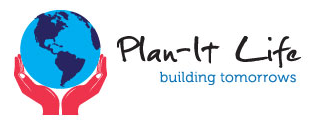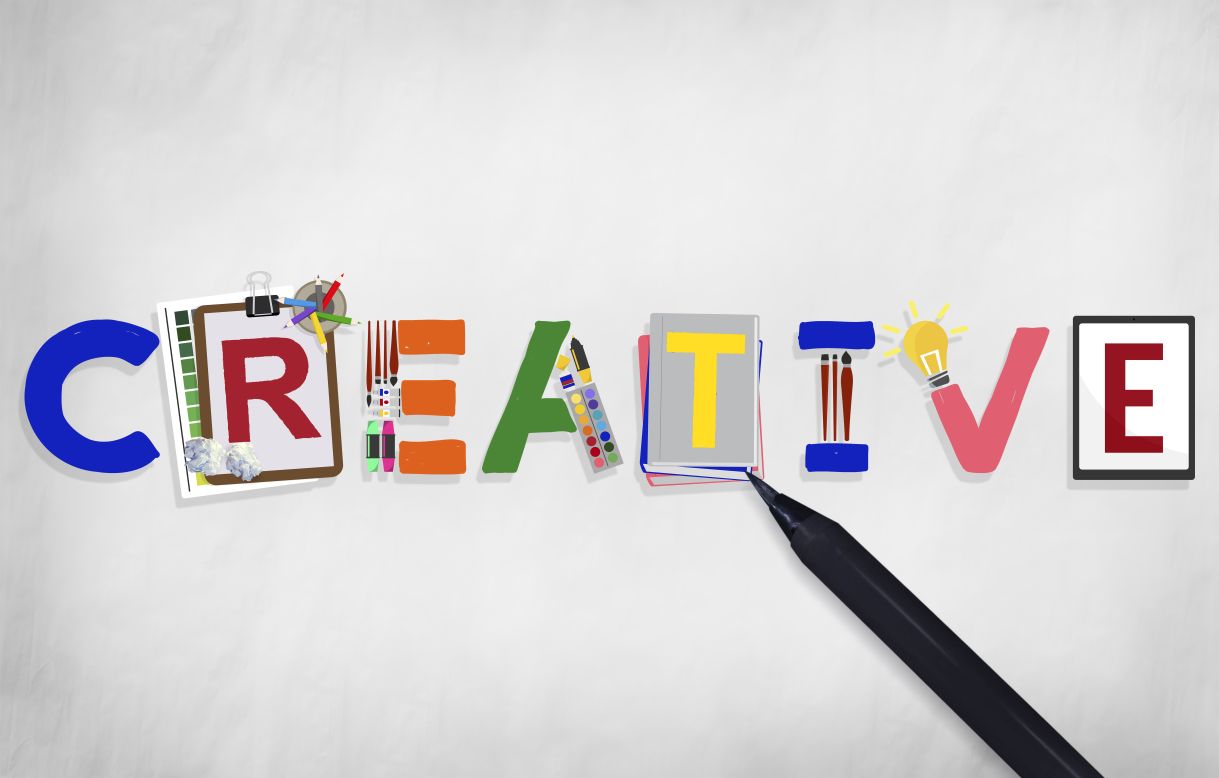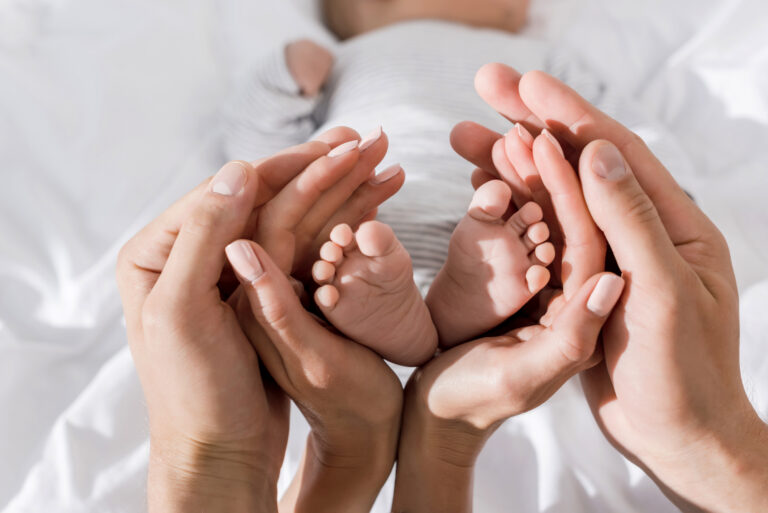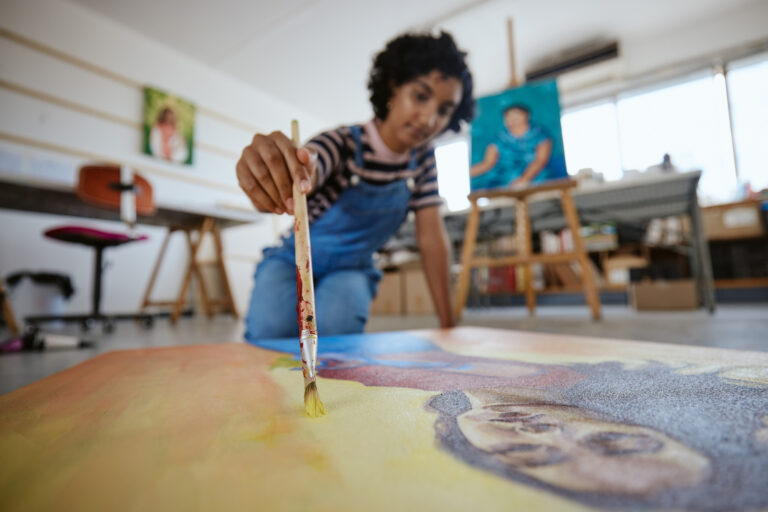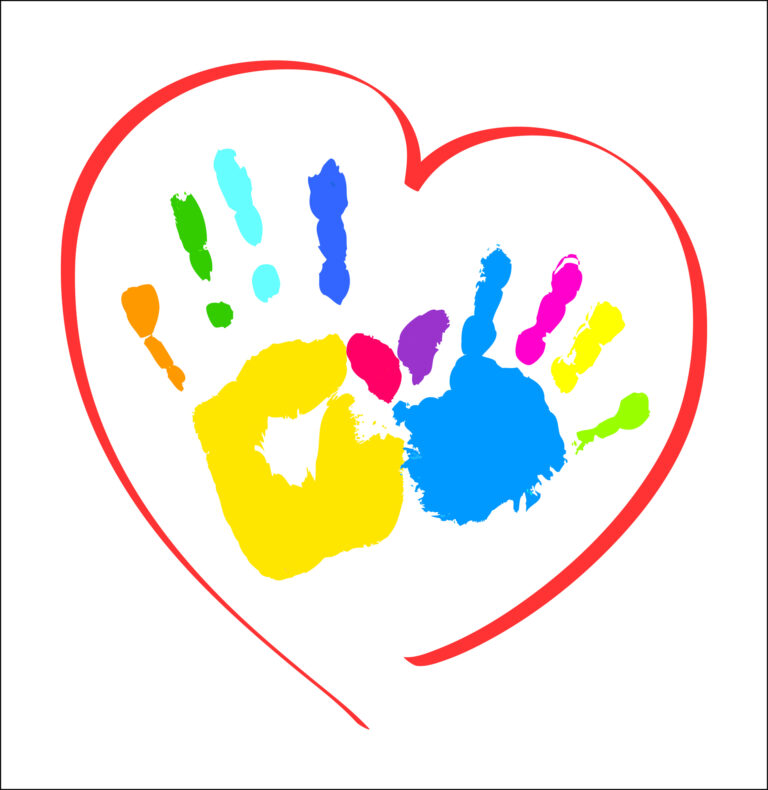National Craft Month: A Closer Look into Creativity
National Craft Month: A Closer Look into Creativity
For every “Eureka” moment, there’s a brain hemisphere working to foster creativity and inventiveness in the human body. Each “aha” moment, whether academic, artistic, or physical in nature, is mainly manifested by humans’ inherent creative thinking.
Understanding creativity warrants an interdisciplinary study that encompasses the fields of psychology, neuroscience, anatomy, and biology. In psychology, creativity is the act of putting ideas into reality. However, from a more personal perspective, creativity is more than just the ability to transcend ideas into actual physical output, but rather a unique characteristic that’s far beyond measure and unique to humans.
Just in time for National Craft Month, creativity may be described in many ways and includes art, culture, fashion, and writing, among others. It may also be reflected in other more intricate disciplines such as entrepreneurship, advertising, marketing, and even science. Creative businesspeople come up with innovative ideas to outmaneuver their competitors. Advertisers use their creative juices to pitch their products in the market. Researchers who discover new advances in science are most likely to have thought of brand-new, creative ways to work on research, and to come up with discoveries and inventions. This is why creativity is critical for human development and our progress as a species.
Creativity is nurtured by key mechanisms such as resourcefulness, imagination, competitiveness, and innovation. Being creative isn’t just about displaying artworks, or coming up with million-dollar ideas. It goes far beyond aesthetic purposes and satisfies the tang of ingenuity among people.
The science behind it: How does creativity work?
The human brain is a very complex organ that contains about a hundred billion neurons and over a hundred trillion networks and is interconnected with other parts of the body. The brain is comprised of two hemispheres. Within each half, certain sections are assigned to control specific functions.
One of the most common theories about the human brain is that people have a dominant brain hemisphere that contributes to their main attributes. Left-brained individuals are said to be more analytical and systematic. Right-brained individuals are considered to be more on the creative or inventive side.
This theory is mainly based on the information that the brain’s hemispheres have different functions. Researcher and renowned psychobiologist Roger W. Sperry was awarded the 1981 Nobel Prize in Medicine/Physiology for a study and experiments on “split-brains.” (He shared the award with David Hunter Hubel and Torsten Nils Wiesel for their discoveries of information processing of the visual system.) The left brain, often dubbed as the digital brain, is known to be more verbal, logical, and methodical than the right brain.
More recent studies proved that the right brain is responsible for a person’s creativity, but is still supported by the left brain in “making things work.”
Creativity today: Embedded in culture
Whether arts and crafts are developed as a pastime activity, a special project, or a full-time passion project, they are a common way for people to express their creativity.
Creativity is also often seen in historical arts and crafts across nations and cultures. Textiles are among the most popular medium of groups and ethnicities. Arts and crafts have been an essential platform to express culture and creativity and dates back to as early as 3400 BC. Ancient Egyptians were among the first pioneers of spinning and weaving. Textiles are often formed by crocheting, knotting, weaving, knitting, and fiber-pressing.
On the other hand, paper crafts, which originated from the Japanese high-art form of origami, are one of the easiest ways to express creativity. Origami is known across the world. In ancient times, paper was created in China and brought to Japan by Buddhist monks. Today, the art of paper-folding is deeply embedded in the culture of the Japanese people, and has been widely adapted by many creative peoples. Paper-folding is easy to follow with the wide availability of step-by-step instructions in books, and through oral traditions passed down through the generations. It is also deemed an environmentally friendly activity, and is approved by zero-waste advocates.
Decorative crafts have also developed out of people’s inventiveness in paper-folding and forming. Today, decorative arts and crafts have become a big business concept in event planning, particularly for weddings and company events.
Another practical and more sustainable way to express creativity is through handmade clothing and accessories. For instance, the return of crochet bikinis were an instant hit in 2016, especially with the exponential growth and popularity of Instagram, a photo-sharing social media site now with half a billion daily users. Instagram is where women, especially, share their best personal photos.
Why is creativity important?
Apart from taking part in National Craft Month, there are many reasons why an individual should always express his or her creativity. First, doing arts and crafts can be a good way of achieving self-love and a low-stress lifestyle. With the prevalence of technology and social media, it’s ideal to take some time off one’s cell phone and do some actual hands-on artwork to express creativity. Further, some people use their creativity as a way to earn a living. Using one’s passion for creating art as a way to earn extra income could be creatively fulfilling and a step toward financial freedom.
Ultimately, studies show that making arts and crafts stimulates the brain, and is linked with productivity. And people who are more engaged in arts and crafts are less prone to serious health conditions. So, let’s all be creative this National Craft Month!
Here at Plan-It Life, we use arts and crafts 3-4 times a week to lower anxiety and work through trauma.
References:
https://www.mindfood.com/article/the-benefits-of-arts-and-crafts/
https://www.huffingtonpost.com/2012/03/07/creativity-left-right-brain-hemisphere_n_1322240.html
https://www.arts.gov/sites/default/files/how-creativity-works-in-the-brain-report.pdf
